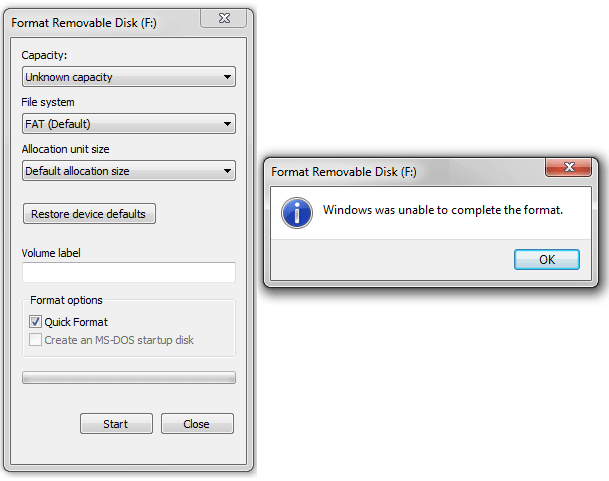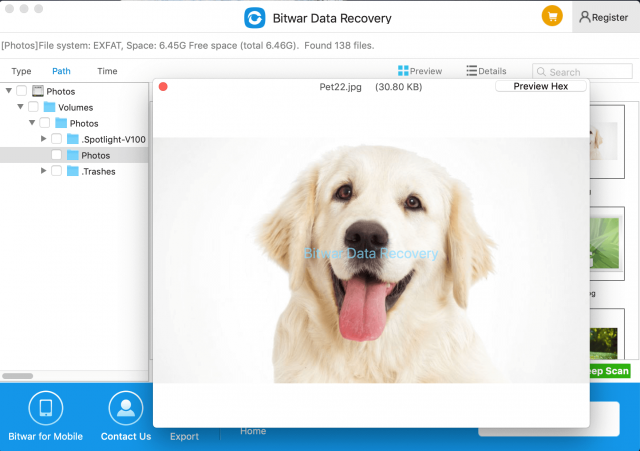
Could not unmount disk mac full#
The time it takes to repair the disk itself will depend on the extent of the damage and the size of your drive, plus whether your drive is full or not. How long will it take to repair a disk using fsck on Mac?
Could not unmount disk mac mac#
Select “First Aid” and choose “Run.” Your Mac will search for problems and fix any that arise. To do this, go to Spotlight (magnifying glass in the toolbar), search for “Disk Utility,” and click on Disk Utility.app. Yes, you can also use Disk Utility to repair a hard drive on your Mac. Can I repair my Mac hard disks without using fsck?
Could not unmount disk mac how to#
When fsck is finished checking and repairing the filesystem, type reboot into the command prompt and press “Enter.” Frequently Asked Questions 1. Answer (1 of 2): You should reinstall macOS by following the prompts that are part of the procedure provided by Apple for doing so: How to reinstall macOS from macOS. If it finds no damage, it will exit with “OK.”ħ. fsck will check the file system and attempt to repair any damage that it finds. Other available filesystems include fsck_msdos, which runs on FAT file systems fsck_exfat, which examines ExFAT filesystems and fsck_udf, which looks at UDF file systems.Ħ. That command will run the HFS sub-version of fsck on that drive. Open Terminal (/Applications/Utilities/Terminal.app). We’ll use Terminal’s diskutil command to accomplish that.ġ. Finding the Right Diskīefore you can run fsck, you’ll need to find the device node and identifier of the disk you want to target. And if left unaddressed over time, these could cause significant damage to the drive.

If you hear these noises, it’s a sign that the Mac’s mechanical drives aren’t working properly. What isn’t normal, however, is hearing sounds like clicking and grinding. Some level of noise from your Mac is normal, especially if you’re running programs that take up a lot of energy. If a disk has stopped working properly, you may find that you can no longer use certain files or documents. Files on Your Mac Become CorruptĪnother sign that your hard drive is failing is your files becoming corrupt.Ĭorruptions often occur during the writing phase. Your Mac may take longer to load, or you could struggle to open apps that you use regularly. If this begins to fail, you may begin to notice that your programs stop running as smoothly. When you use your Mac, your device will store many of the apps and programs you use on your hard drive. In many cases, you’ll see messages related to apps quitting unexpectedly or unexpected errors stopping your device from completing a certain task. Since o Unmount Disk Mac Terminal Unmount Disk Mac TerminalUnmount Disk Mac. If you see error messages on your Mac, it’s often a certain sign that you should look at the state of your hard drive. Deca Durabolin + Anavar or Winstrol: Deca and Anavar stacking are not. These signs include your drive suddenly being unrecognizable to your computer, sluggish performance, and random ejections. Disk ErrorsĪnother sign that your hard drive is failing is disk errors on your Mac.

Your device could crash because of incompatible files and folders, while overheating may also result in your device not working properly. It’s a surefire sign that you need to look into an issue if you suddenly begin dealing with crashes. If nothing’s wrong with your Mac’s drives, the device will usually run smoothly. Below are three of the most common signs: 1. Usually, you’ll notice that a hard drive is failing on your Mac early on. I also tried it in a different command on the other page you referenced: typing “$ sudo diskutil unmount force /Volumes/Macintosh\ HD” resulted in “Volume Macintosh HD on disk0s2 failed to unmount.What Are the Signs of a Hard Drive Failing? I tried the command “$ sudo lsof | grep /Volume/Macintosh\ HD” but it resulted in nothing, I just got a reset terminal after it prompted me for my password.

Thank you for the additional assistance but I’m not quite sure what to do with any of this. Map auto_home on /home (autofs, automounted, nobrowse)įilesystem Size Used Avail Capacity iused ifree %iused Mounted on Map -hosts on /net (autofs, nosuid, automounted, nobrowse) dev/disk0s2 on / (hfs, local, journaled) Typing “mount” and hitting Enter yielded: Typing “/Volumes/” and hitting Tab once yielded “Macintosh HD” Tab a second time did nothing.Ģ.


 0 kommentar(er)
0 kommentar(er)
